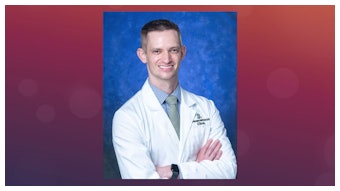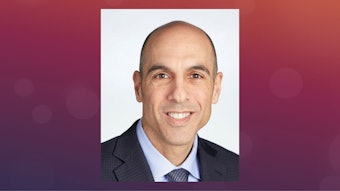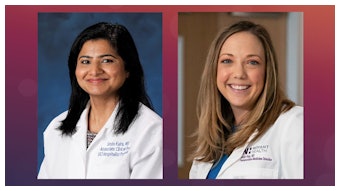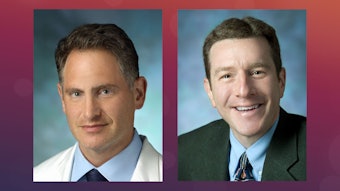The Diagnosis Is Right!
Flex your clinical reasoning to correctly diagnose a mysterious case in the pursuit of fame and fortune — or just to fine-tune your skills as a hospitalist.

Come on down! Try your hand at correctly identifying the diagnoses in clinical unknown cases in Monday’s “The Diagnosis Is Right!” hosted by Leonard Feldman, MD, FACP, FAAP, SFHM, director of the Osler Medical Residency Urban Health Track at Johns Hopkins Hospital, and Daniel Brotman, MD, FACP, MHM, director of the division of hospital medicine at Johns Hopkins Hospital. Although there may not be a car giveaway for the first person to guess a diagnosis, the stakes remain high.
“Fame and fortune will come your way,” Dr. Feldman said.
From 11:10 a.m. to 12 p.m., Drs. Brotman and Feldman will each present a case to the audience, and neither knows what the other is presenting — or has any insight beyond their own clinical experience into what the diagnosis might be. While one presents, the other will be soliciting input from the crowd with a mic in hand.
“The rule of thumb is that people can yell out potential diagnoses, but they’ll also be encouraged to participate in other ways in terms of helping us to determine what questions should be asked and so on,” said Dr. Brotman.
Although neither host was willing to provide any hints, Dr. Brotman did say the case he has chosen to present is one in which he was ultimately able to make a correct diagnosis, albeit with some difficulties.
“It was a diagnosis that was not apparent at the outset,” he said. “These typical problem-solving cases are ones in which the diagnosis is ultimately able to be made reasonably conclusively, but one in which there are either some curve balls or features that make the diagnosis elusive initially. If it was obvious what was going on, then it wouldn’t be a very interesting discussion. As a general rule, when you’re presenting these clinical unknowns, you want it to be something that people have heard of or know exists but don’t see on a regular basis.”
Equally secretive about his chosen case for this year’s presentation, Dr. Feldman agreed to share the diagnosis he presented in the same session last year: sacroiliitis from salmonella infection.
“Pyogenic sacroiliitis from salmonella infection is moderately rare,” he said. “It’s not a joint that we typically see get infected, and it’s a joint that tends to get infected in young adults because it’s vascularized only during the first few decades of life and then they fuse, typically after child-bearing years. So after the vascularity goes away, the chances of infection really decrease significantly.”
The presentation should be humorous and entertaining, but that’s not the only reason to attend.
“It goes to the core of why we are doctors, and particularly hospitalists,” said Dr. Feldman. “Most hospitalists are very excited about the process of making a diagnosis and the clinical reasoning that goes into it. And all of us want to continue to fine-tune our skills in being able to think through how we come to a diagnosis, even if we get it wrong or need more information to get it. Or we’re going to end up looking things up.
“It’s really important, obviously, for the patients to be able to get the right care, and to do that there are going to be many days in which we just have things that are common and the diagnosis is clear right from the start, and there are going to be cases where thinking things through and flexing those muscles is important,” he said.
Visit SHM Meeting News Central for more coverage.











